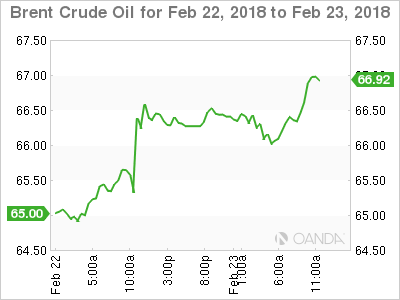Alright folks, buckle up! The Ministry of Finance and the People’s Bank of China just dropped a bomb – they’re issuing the first and second tranches of 2025 savings bonds. Frankly, it’s…fine. It’s safe. But is it really going to move the needle? I’m skeptical, but let’s break it down.

The first tranche (25储蓄01, code 251701) is a 3-year bond with a measly 1.93% annual interest rate, capped at 25 billion yuan. The second? A 5-year deal at 2%, also with a 25 billion yuan limit. Both start paying interest on April 10th, 2025, and redemption dates are April 10th, 2028 and 2030 respectively.
Now, let’s talk shop. These are fixed-rate, fixed-term bonds, meaning what you see is what you get – predictable, boring, and…well, safe. But in the current economic climate, with inflation lurking and riskier assets potentially offering higher returns, are these bonds truly competitive? I’m not convinced.
Understanding Savings Bonds (国债) – A Quick Dive
Savings bonds, or ‘Guo Zhai’ in Chinese, are debt securities issued by the government to raise funds. They are considered one of the safest possible investments.
These bonds offer a fixed rate of return over a specific period, usually several years. The return is guaranteed by the government, eliminating credit risk.
Different tranches vary in terms of maturity (length of time until repayment) and interest rates. Longer maturities typically offer higher rates.
They are often seen as a conservative investment, appealing to risk-averse individuals and those seeking to preserve capital. These are especially popular with older demographics.
Importantly, they can play a role in controlling liquidity and managing government debt. This issuance is a direct attempt by the PBOC to do just that.






